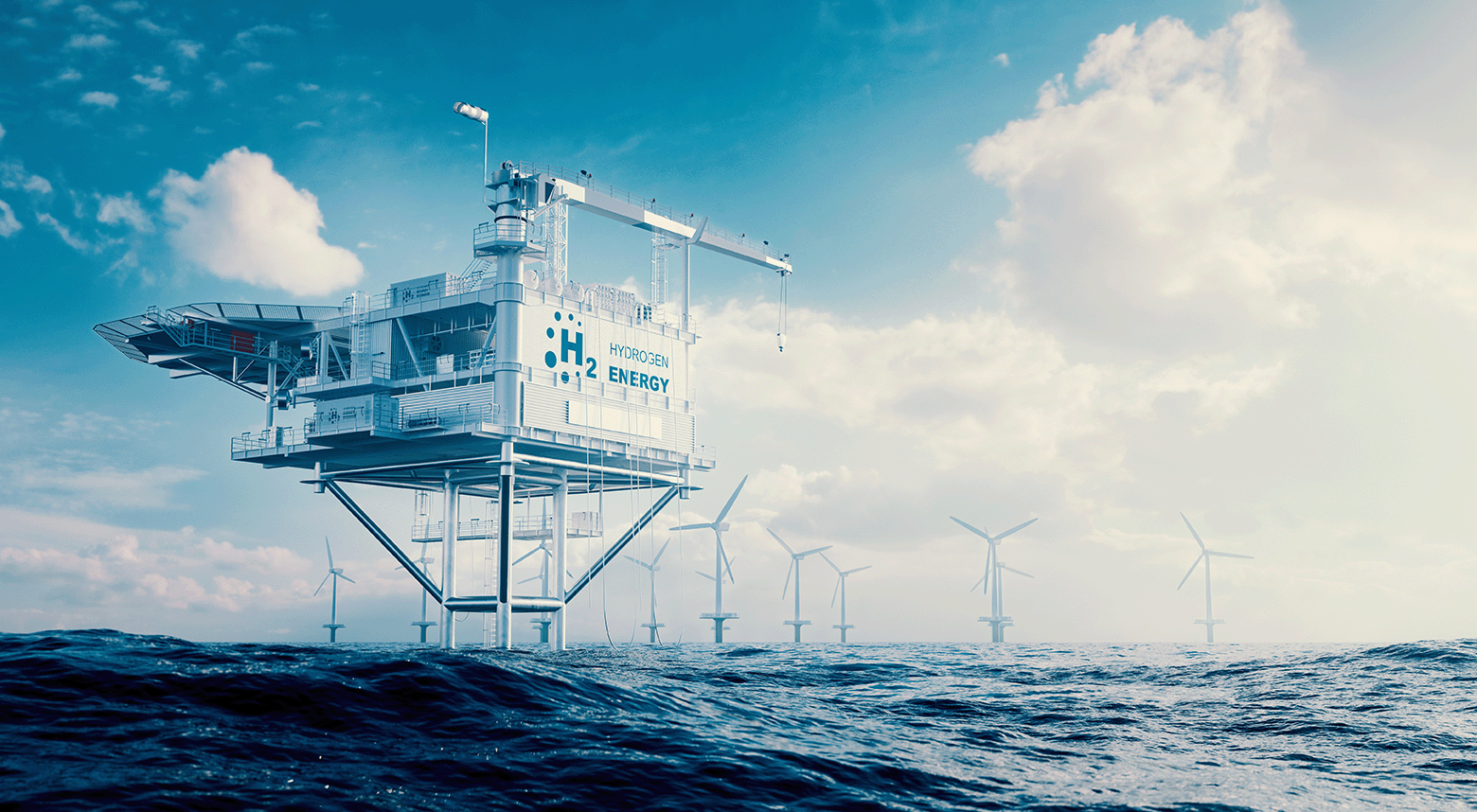
Managing a booming market
The demand for hydrogen as a source of zero-emission energy, or for use in industrial processes, is thriving. The IEA (International Energy Authority) estimates that demand could rise from just 9 Mt in 2020 to well over 100 Mt by 2030, with global capacity of electrolyzers, which are required to produce hydrogen, increasing from 300 MW in 2021 to around 34GW in 2030.
These figures are reflected in a recent article in Recharge magazine, which reported findings from Aurora Energy Research forecasting ‘one thousand-fold’ growth in the hydrogen electrolyzer market by 2040. In a subsequent report, however, Aurora cautioned that, despite this dramatic growth in the market, it will be some time before the cost of green hydrogen produced via electrolysis reaches parity with that of blue hydrogen (produced from methane). Aurora concluded that this will only be achieved when appropriate tariff and regulatory models are in place.
Which electrolyzer should I choose?
The hydrogen electrolyzers currently in commercial use are either Proton Exchange Membrane (PEM) or alkaline devices. PEM electrolyzers are the most common, accounting for around 80 % of the installed base. A third type, based on solid oxide electrolyzer cells (SOEC), has been successfully developed and is at pilot project stage. It is due to enter production by 2024.
Two of the key issues associated with electrolysis are its use of water, which in many countries is becoming ever-more scarce, and its demand for electricity. The latter can be problematic if it is produced using fossil fuels, making the ideal – truly green – electrolyzer one that is co-located with a wind farm or solar energy site.
Regardless of the type of electrolyzer and its power source, it is essential that the complete system – from initial water treatment and high-voltage rectification to gas compression or storage – is operated safely and efficiently, and that the hydrogen gas produced meets the required quality standards for subsequent use.
Ensuring effective and safe operation
Key to the safety, efficiency and gas quality of electrolyzers is the use of advanced sensors and monitoring instruments.
These include:
The reliability and accuracy of each of these devices is clearly critical to ensure the effective and safe operation of each electrolyzer. Of note are moisture sensors which are essential for optimizing the operation of drying systems. Their role is key to the dehydration quality of the hydrogen produced by electrolysis, which is saturated with water vapor.

Dryers are normally based on the pressure swing adsorption (PSA) method. Multiple desiccant columns are used to adsorb moisture from the gas as it passes over the desiccant, with columns automatically regenerated once the moisture content of the desiccant reaches a pre-determined level. As gas drying and desiccant regeneration are energy-intensive processes, accurate measurement of moisture content is key to maintaining gas quality and minimizing energy consumption. Accurate moisture measurement at the outlet hydrogen feed is also crucial if the gas requires compression prior to use or distribution. This will protect downstream equipment and pipework from the risk of corrosion.
Similarly, readings from oxygen and hydrogen sensors are used to ensure that the purity of the different gas streams from the electrolyzer, both wet and dry, are measured in terms of parts per million (ppm). These sensors are also used in leak detection systems on each electrolyzer cell, and to measure the concentration of oxygen in the hydrogen stream downstream of the electrolyzer, avoiding the potential risk of explosion. For peace of mind, these devices should also be designed and approved to SIL standards.
Specifying, fitting, and operating these different sensors requires specialized knowledge, which is why it’s important to work with an experienced supplier. At Process Sensing Technologies, we have the knowledge, skills and resources required because we have decades of experience in manufacturing advanced gas and moisture instrumentation and systems.
If you would like us to help you develop efficient, safe and high-performance monitoring instruments for hydrogen electrolyzers, please contact our team today.
You might also be interested in this related blog post:
Using Electrolyzers for Industrial H2 Production
Sources:
Related Products
Binary Gas Analyzer for Hydrogen Monitoring - Michell XTC601
Oxygen Analyzer - Michell XTP601
Intrinsically Safe Compact Oxygen Transmitter - Minox-i
Transmitter for Moisture Analysis - Michell Easidew PRO I.S.
Modular Process GC – LDetek MultiDetek3
Want to see more information like this?
Sign up to one of our Industry newsletters and you’ll receive our most-recent related news and insights all directly to your inbox!
Sign Up